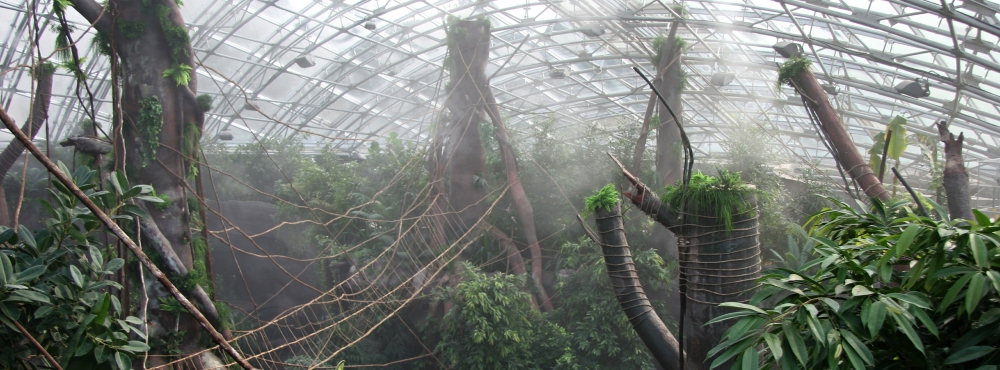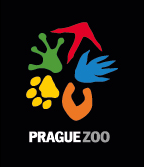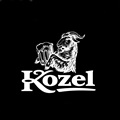Pool

The pool in Prague Zoo was created in the spring of 2016 as a future home for a range of free-living animals, from tiny invertebrates to toads. Next to it, at the base of the rock cliff, a wall full of crevices and hideouts was built —an ideal habitat for species such as the European green lizard.

Photo: Prague Zoo
The plan was for animals to gradually colonise the entire area, providing a unique opportunity to observe how the site changes over time.
Water is Life
Every new body of water quickly draws in a wide variety of animals. Some lay their eggs in it, with their larvae developing in the water; others settle there themselves—either arriving deliberately or being transported unintentionally, for example on the feet of water birds such as gulls or herons. If they find the pool suitable, they give rise to new generations.
At the same time, the pool’s small inhabitants serve as vital food source for predatory insects and frogs, which in turn attract birds like herons. As the pool becomes overgrown with vegetation, new species begin to appear. Others arrive after heavy rains—or when the pool starts to dry out.
Insects and Other Small Creatures
At the very beginning, the newly formed pool became home to so-called pioneer species—those that are the first to colonise new habitats. These included predatory water bugs such as pond skaters and water boatmen, diving beetles, mayflies, the broad-bodied chaser dragonfly, and even the critically endangered European green toad.
As plants began to spread throughout the pool, species that require open, bare habitats started to decline, while those dependent on vegetation became increasingly common. Plants offer both suitable egg-laying sites and safe hiding places, and so endangered smooth newts and marsh frogs moved into the pool, as did dragonflies, various beetles, snails, and common stretch spiders.
ZOOPRAHA.CZ
Contacts
- The Prague zoological garden
U Trojskeho zamku 120/3
171 00 Praha 7
Phone.: (+420) 296 112 230 (public relations department)
e-mail: zoopraha@zoopraha.cz
Others








